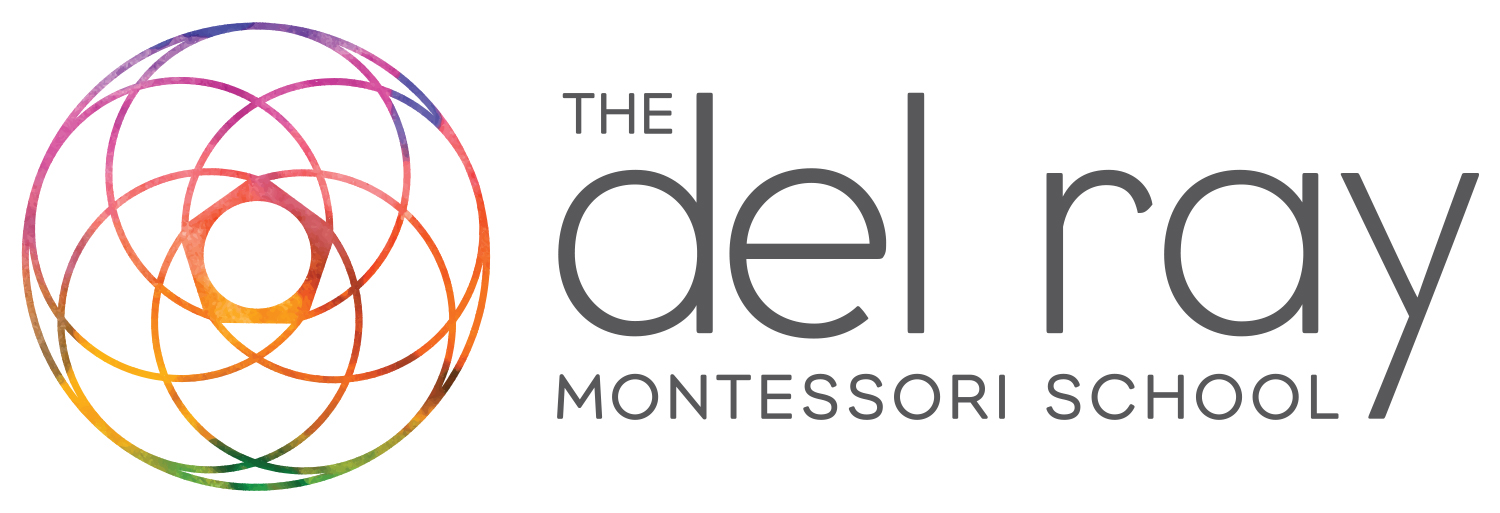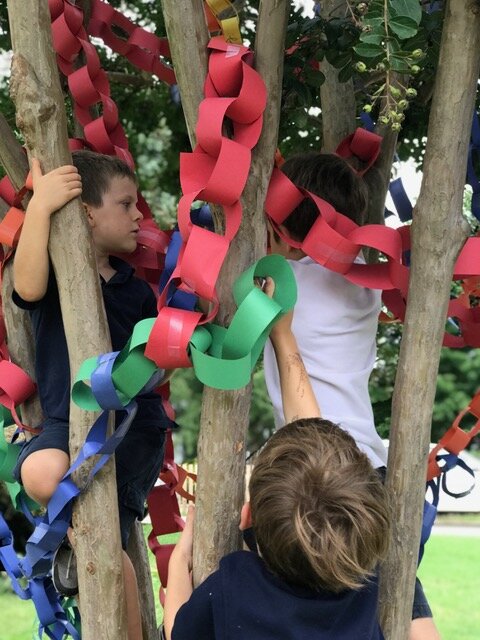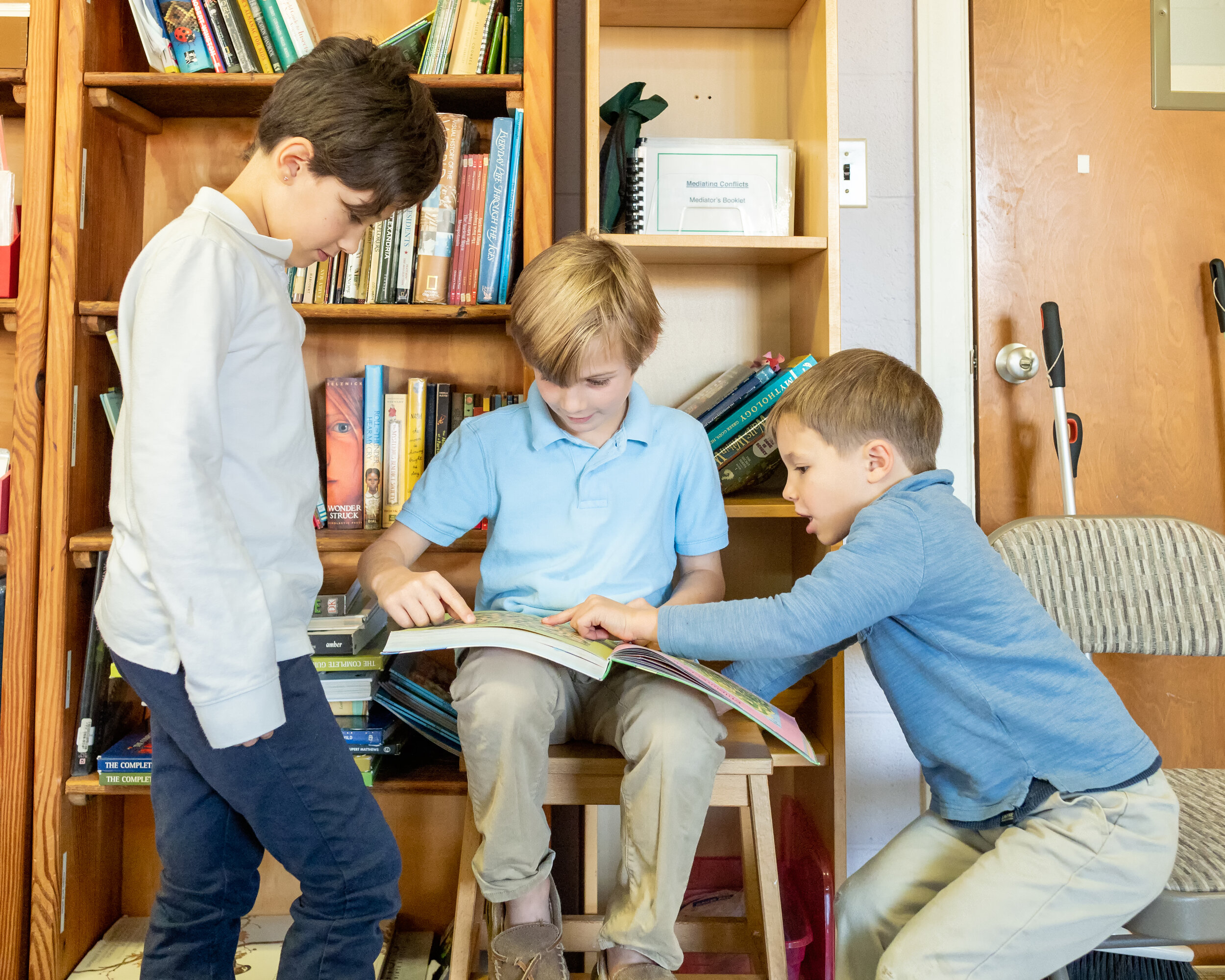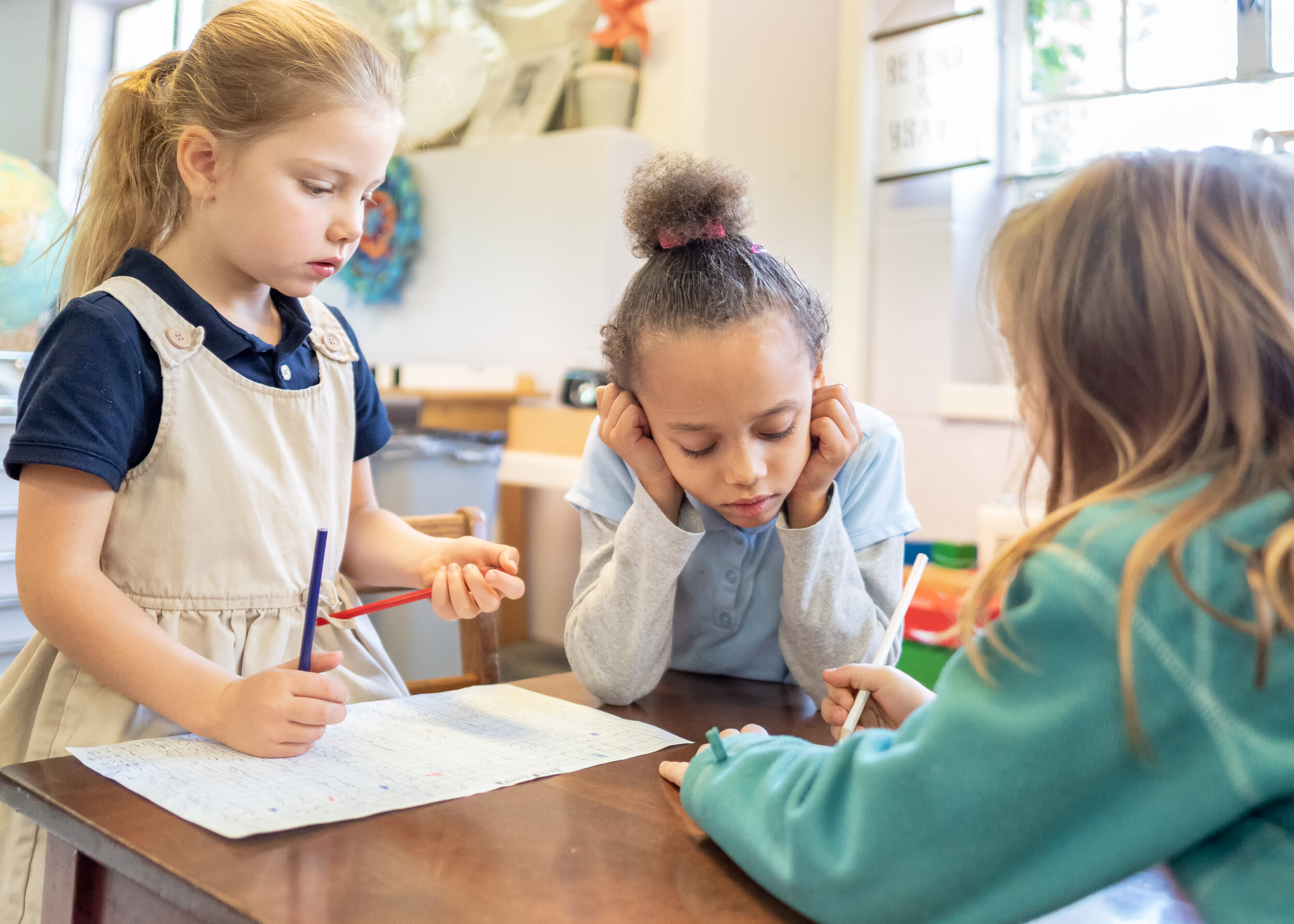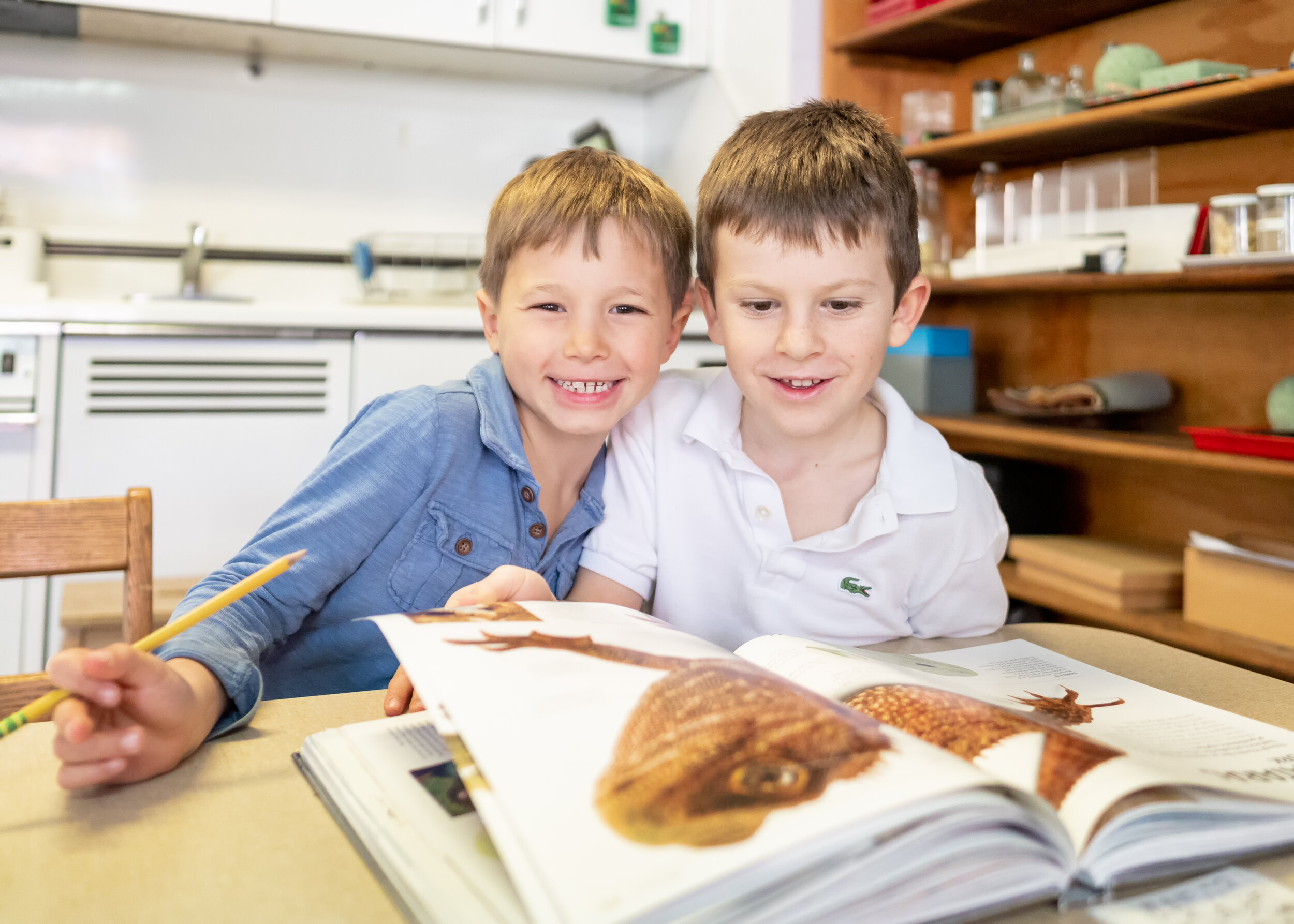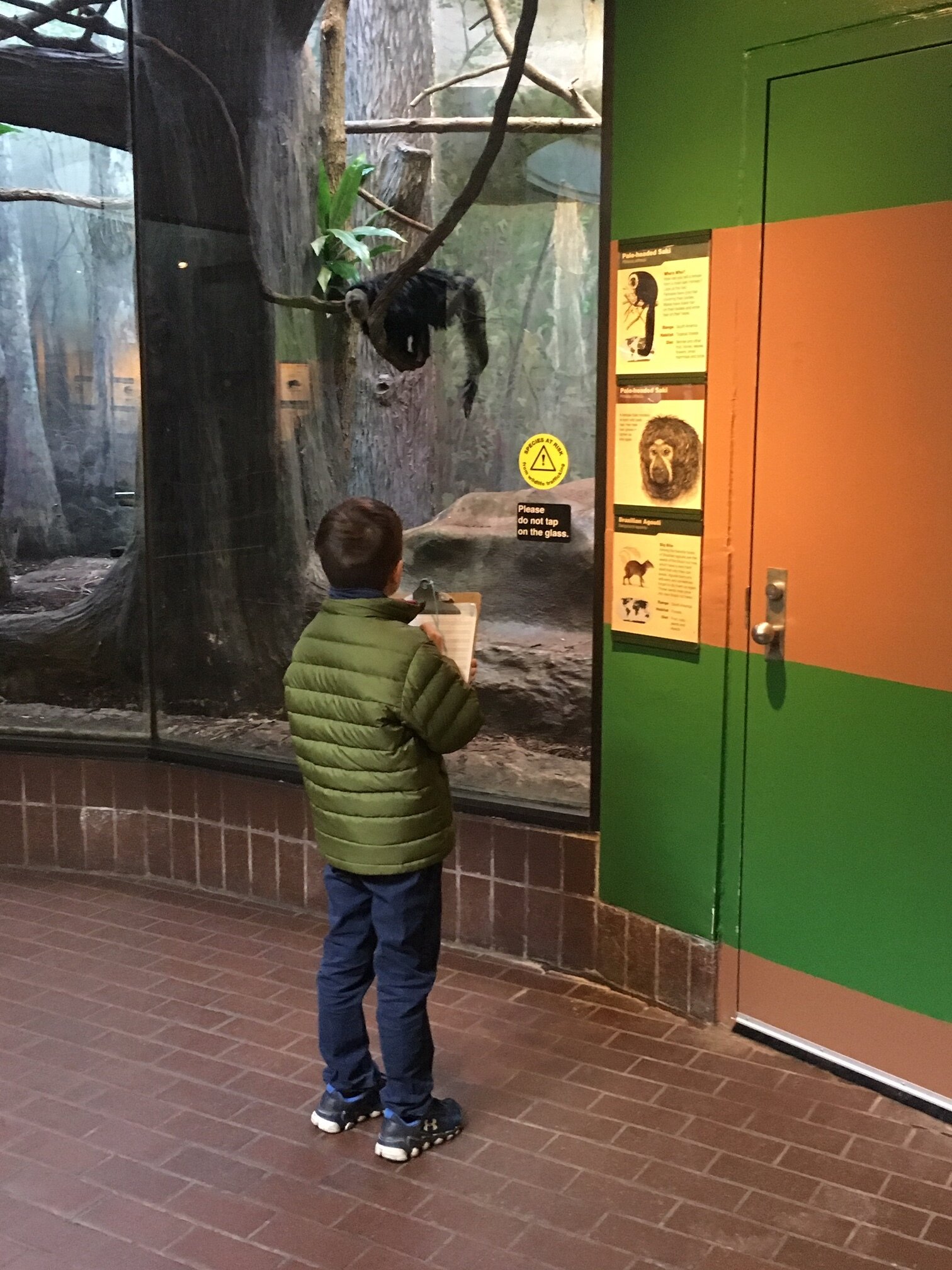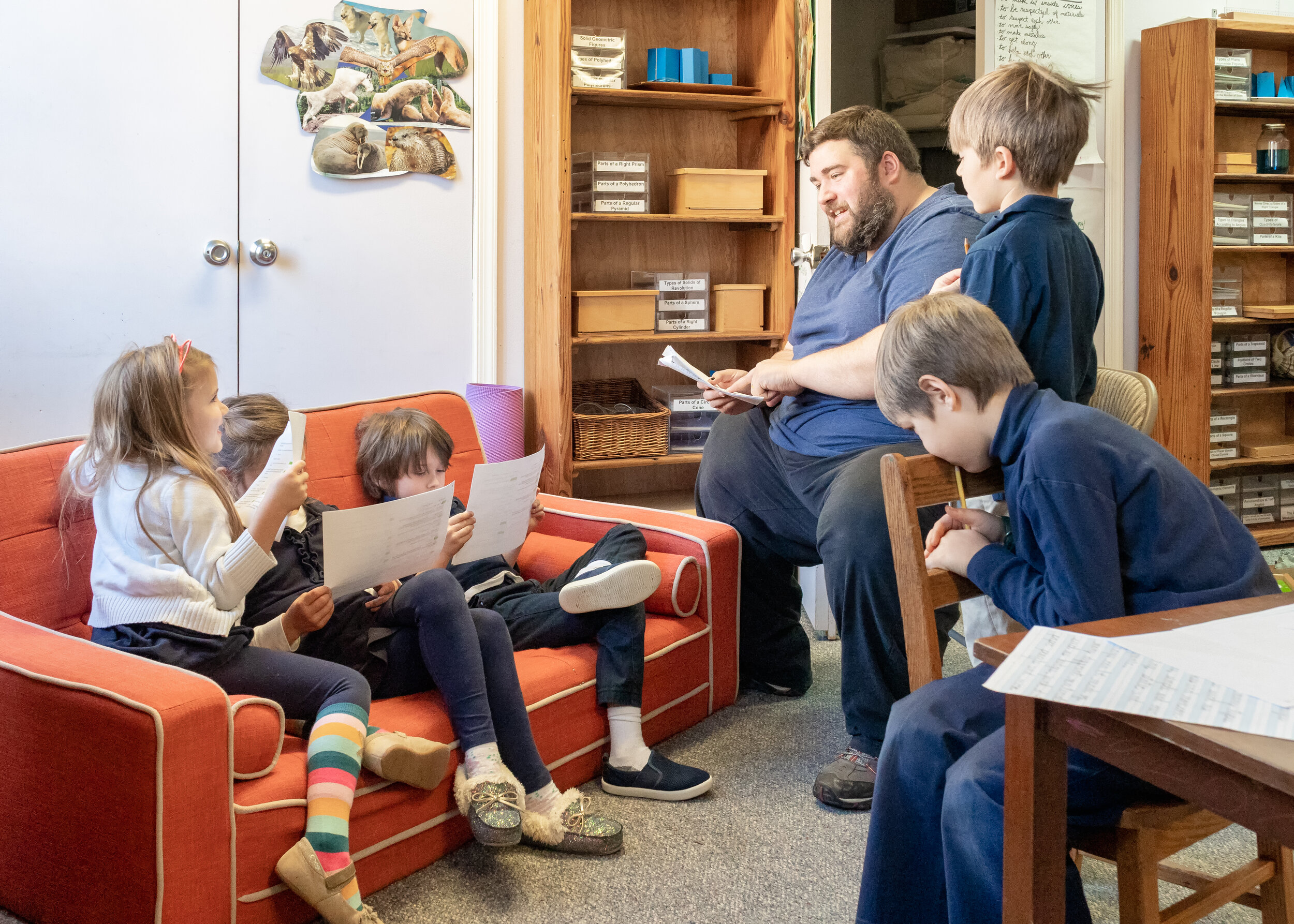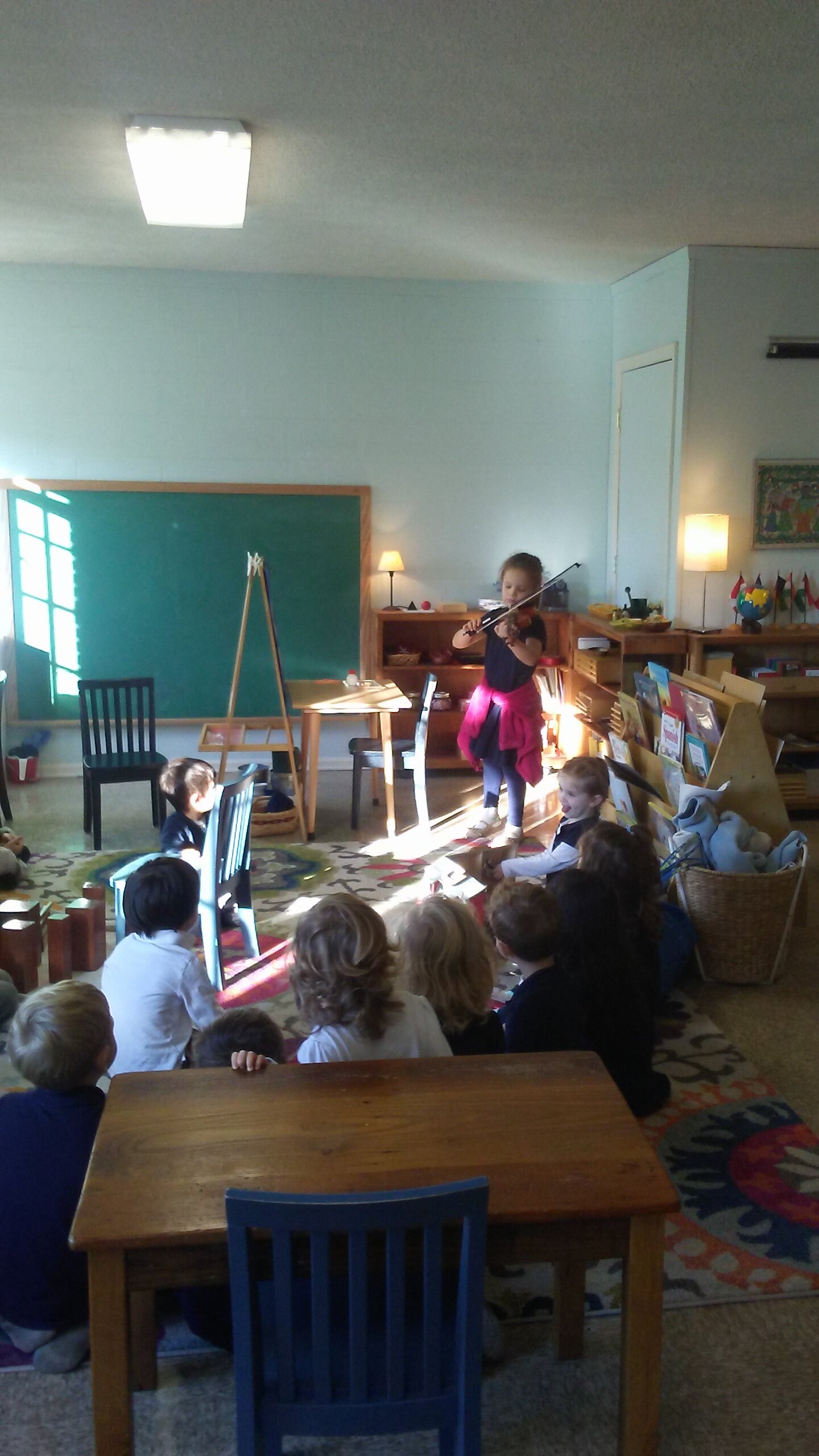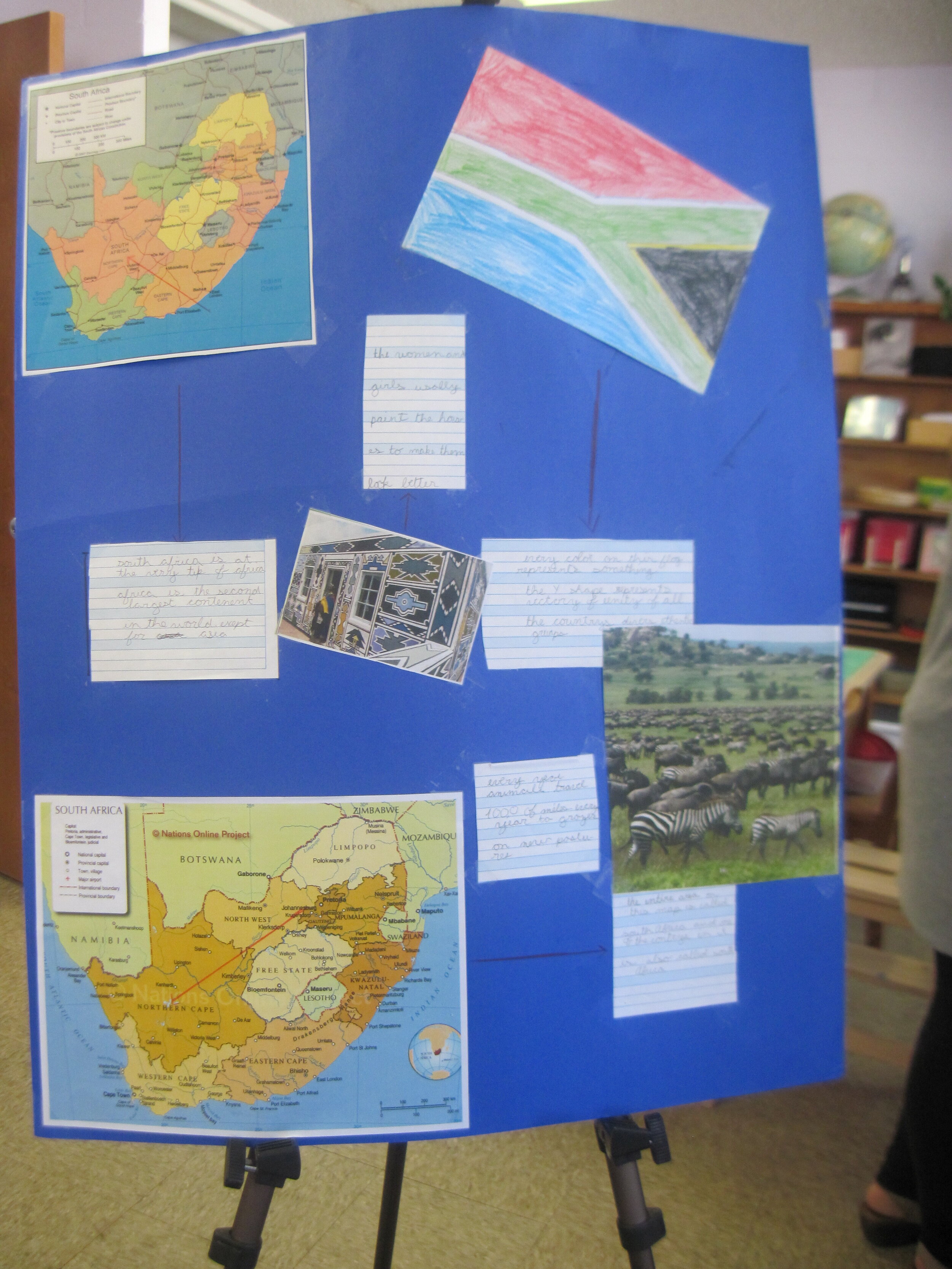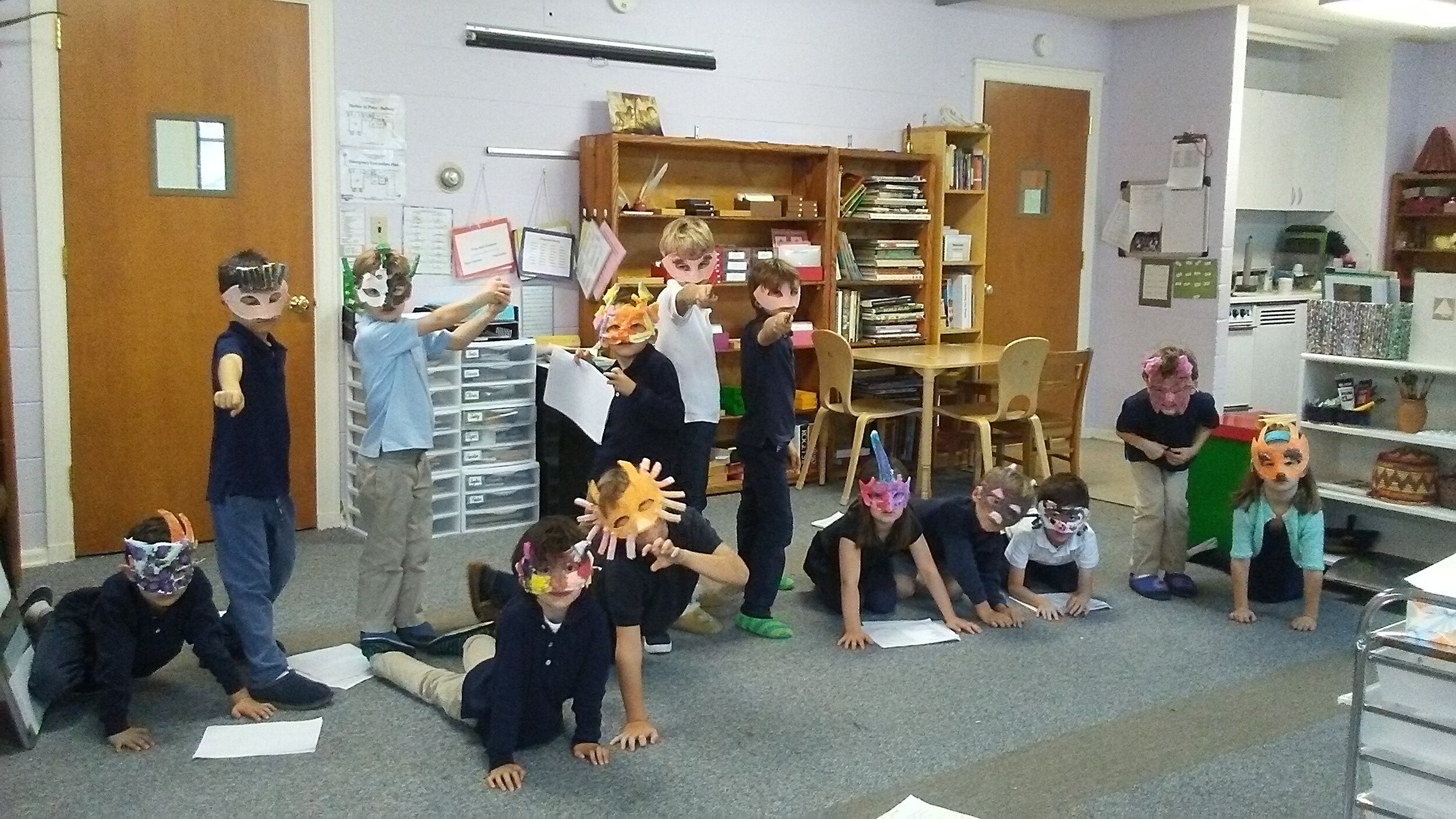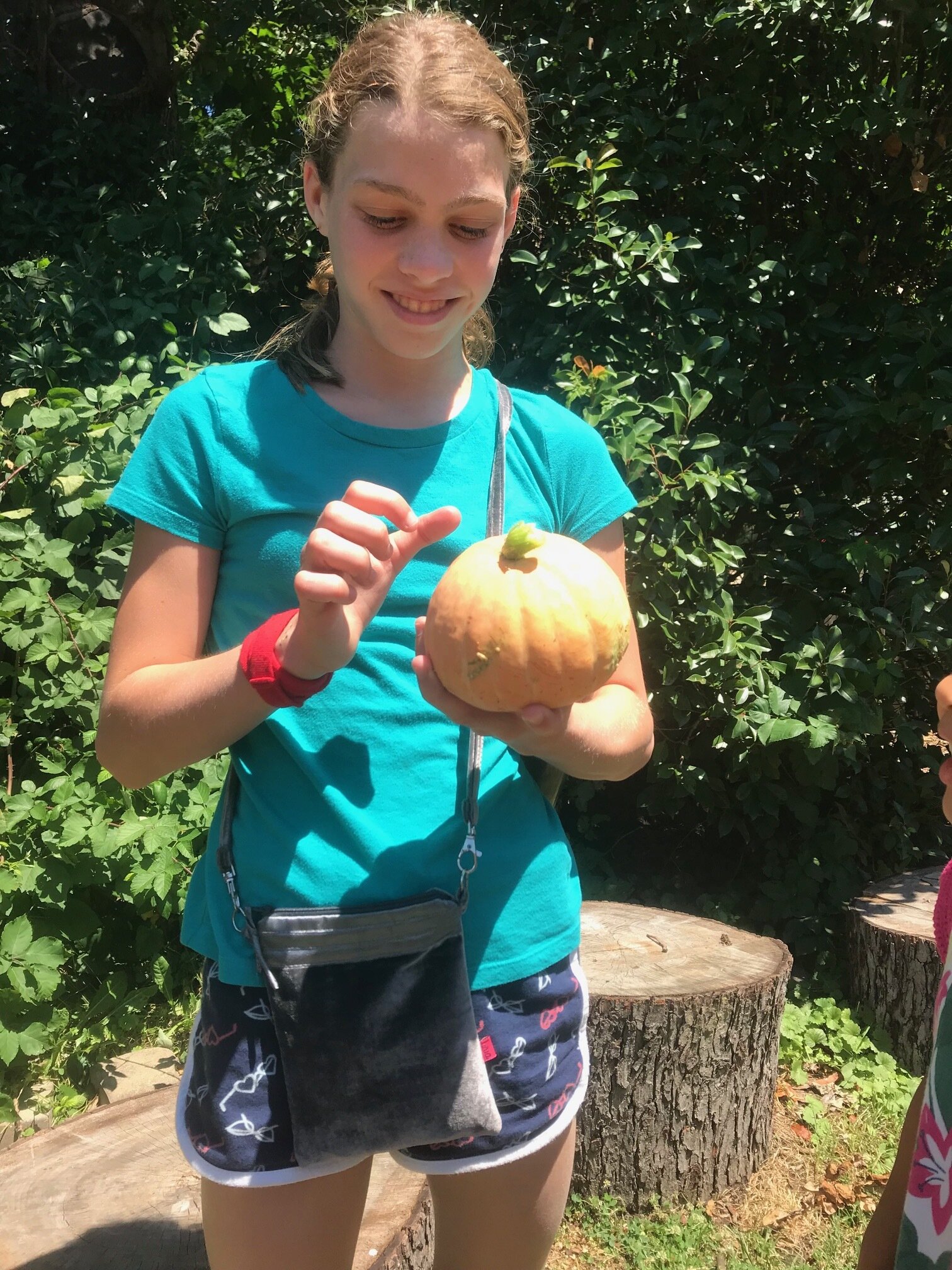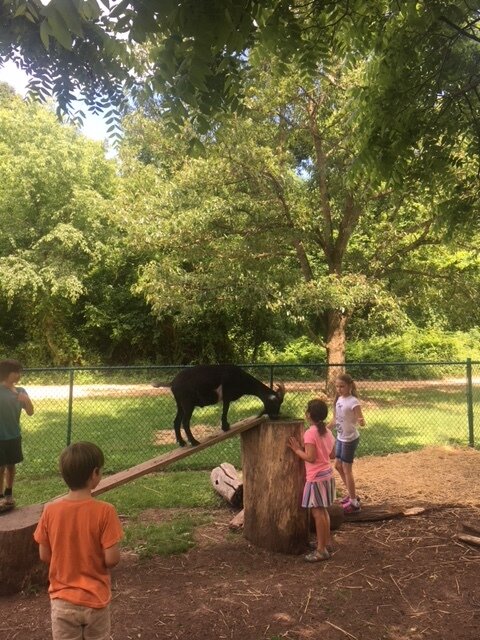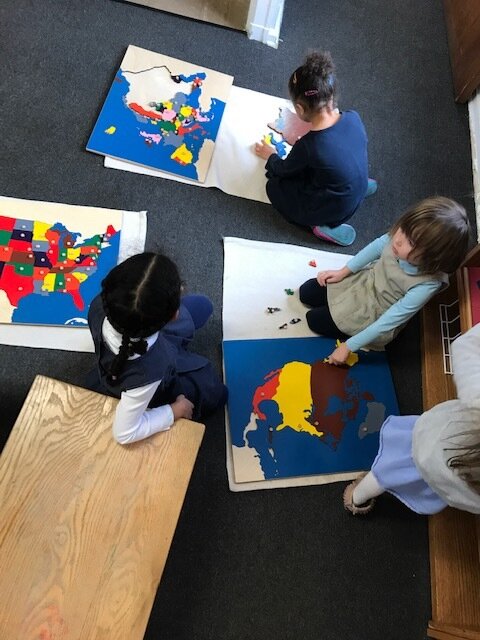Language
Language is essential for communication between human beings. The children explore this concept as they are immersed in the beauty of language and expression, beginning again with the five Great Stories. The third (Coming of Human Beings) and fourth (Story of Communication through Signs) Great Stories include an evolution of language, beginning with grunts and sounds and ending with our alphabet. Beginning with an understanding of the parts of speech, children then move to sentence analysis and word study and begin to hone their writing skills. Children can always be seen writing in the elementary classroom. Children write stories, plays, reports, research papers, comics, letters, and poems. Their writing choices are their own, and there are endless possibilities. Through all this writing work, children are taught spelling, the flow of ideas, paragraph writing, style, and how to communicate their thoughts with others.
Art and Music
Art and music are taught in the classroom during the 3-hour work cycle and are an integral part of the Montessori Curriculum. An appreciation and understanding of art and music begin to round out the child’s experience and appreciation for the world around them. Through art, children can project themselves into the future worlds of imagination or recreate past worlds they have learned about through history lessons. Art provides a refuge, therapy, and exploration.
Music is an extension of our bodies, minds and souls, and is an integral part of the Elementary Curriculum as a whole. Through singing and vocalization, children learn to use their voice to make beautiful sounds. Through musical activities, children learn to listen both creatively and critically, making distinctions between tones, pitches, and keys that later move from abstract to concrete meaning.
